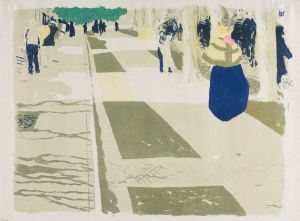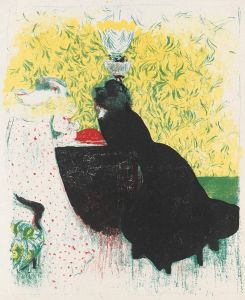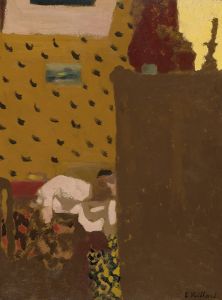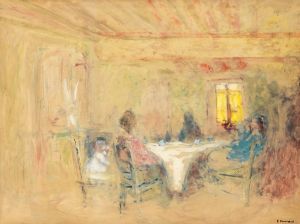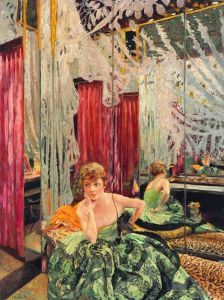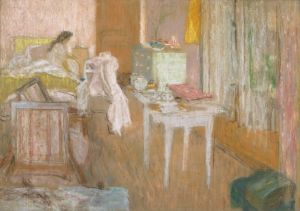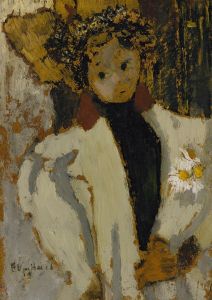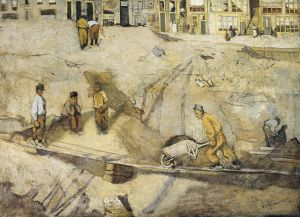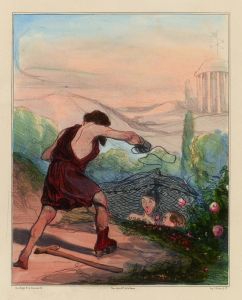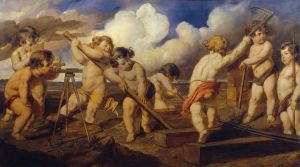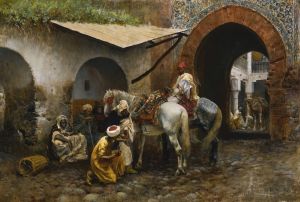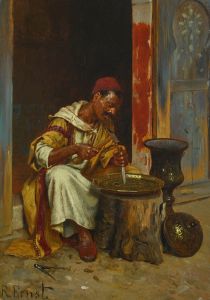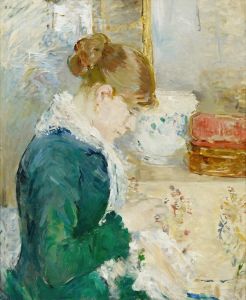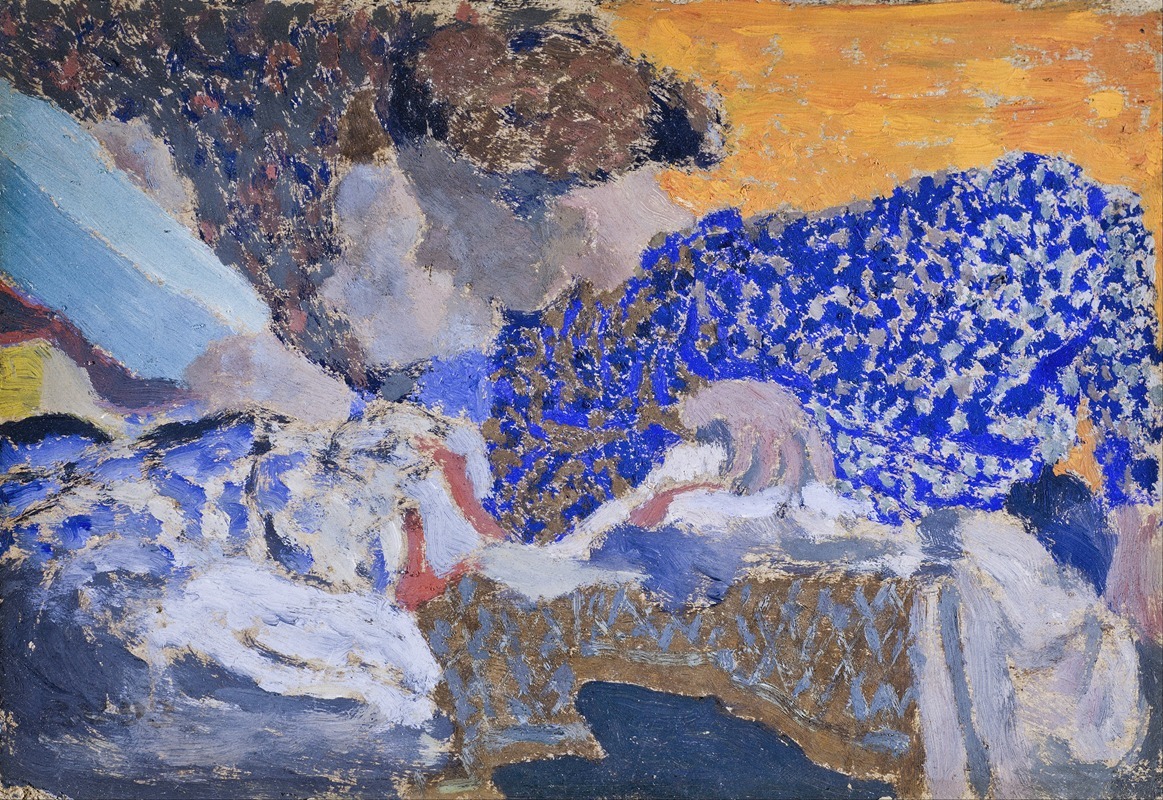
Deux ouvrières dans l’atelier de couture
A hand-painted replica of Édouard Vuillard’s masterpiece Deux ouvrières dans l’atelier de couture, meticulously crafted by professional artists to capture the true essence of the original. Each piece is created with museum-quality canvas and rare mineral pigments, carefully painted by experienced artists with delicate brushstrokes and rich, layered colors to perfectly recreate the texture of the original artwork. Unlike machine-printed reproductions, this hand-painted version brings the painting to life, infused with the artist’s emotions and skill in every stroke. Whether for personal collection or home decoration, it instantly elevates the artistic atmosphere of any space.
Édouard Vuillard's painting Deux ouvrières dans l’atelier de couture (Two Seamstresses in the Sewing Workshop) is a work by the French Post-Impressionist and Nabi artist, Édouard Vuillard (1868–1940). Vuillard is known for his intimate interior scenes and his ability to capture the quiet, everyday moments of domestic life. This painting, created in the late 19th or early 20th century, reflects Vuillard's characteristic style of blending figures with their surroundings, emphasizing patterns, textures, and muted color palettes.
The artwork depicts two women working in a sewing workshop, a subject that aligns with Vuillard's interest in portraying the lives of women and their roles in domestic or professional spaces. The composition is intimate, with the figures absorbed in their tasks, surrounded by fabrics and sewing materials. Vuillard's use of soft, diffused light and his attention to detail create a sense of quiet concentration and the repetitive rhythm of manual labor. The painting exemplifies his ability to merge figures and interiors into a cohesive whole, where the boundaries between the subjects and their environment are often blurred.
Vuillard was a member of the Nabi group, a collective of artists influenced by Symbolism and Post-Impressionism, who sought to move beyond naturalistic representation. His work often reflects the influence of Japanese prints, with their flattened perspectives and decorative use of patterns. In Deux ouvrières dans l’atelier de couture, these influences are evident in the way the figures and their surroundings are treated as part of a unified decorative composition.
The painting is also notable for its focus on working-class women, a theme that was not uncommon in late 19th-century art but is presented here with a sense of dignity and respect. Vuillard's mother was a seamstress, and he spent much of his childhood in her workshop, which may have informed his sensitivity to this subject matter. However, the painting does not romanticize the labor; instead, it offers a quiet, observational view of the women's work.
The exact date of the painting and its current location are not specified in available records. Vuillard's works are held in major collections worldwide, including the Musée d'Orsay in Paris, the Metropolitan Museum of Art in New York, and the National Gallery of Art in Washington, D.C., but it is unclear if this specific painting is part of a public or private collection.
Deux ouvrières dans l’atelier de couture is a testament to Vuillard's mastery of capturing the subtleties of human activity within richly textured and patterned interiors. It remains an example of his ability to transform ordinary scenes into works of quiet beauty and complexity.





